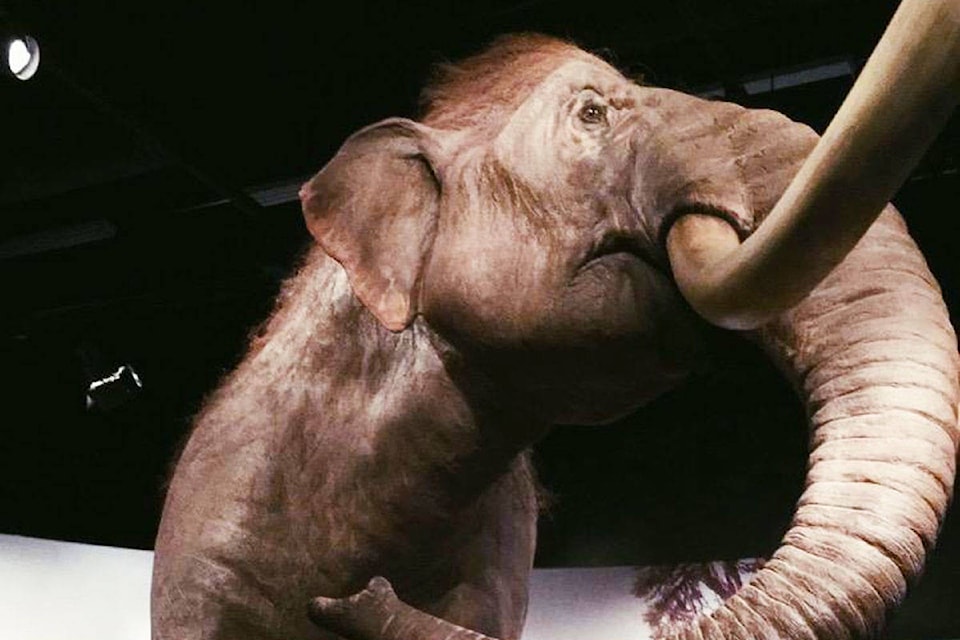The environment on Vancouver Island used to be very different, according to Iain McKechnie, a coastal archaeologist and professor at the University of Victoria. In the late Pleistocene, there was more tundra and fewer trees which he refers to as “mammoth and mastodon weather.”
The Island was once home to a variety of big animals including short-faced bears, mastodon, mammoths and bison antiquus – an extinct species of bison that were much larger than modern bison.
As the weather changed and the ice melted, the animals could no longer sustain themselves, McKechnie explained.
The sea levels also changed as the ice melted. The ice sheet that once covered B.C. pressed Vancouver down and the Island up, McKechnie said, so sea levels on the Island have changed a lot over time. This means that many archeological sites are on the coast or even underwater.
There are lots of archeological sites on or near the coastline in Greater Victoria and erosion is making them more visible. However, McKechnie emphasized that collecting from an archeological site is illegal without a permit.
It’s important for residents to “engage with the reality that this place has been lived in for thousands of years,” McKechnie noted. He explained that respecting the “collective history” and protecting archeological sites is not only moral, but it’s the law.
All archeological sites in B.C. are protected under the Heritage Conservation Act. Whether they are on public or private land and whether or not the land owner knows about them, they cannot be altered without a permit.
If someone comes across a bone or an artifact, they must leave it in place, McKechnie explained.
Take some photos, mark down the exact location and then call the B.C. Archeology Branch and the local First Nation, he said. If the find is vulnerable to being taken or damaged, take even more photos and try to protect it. He emphasized that removing things is the last option. The same goes for artifacts found on private property.
There are hundreds of known archaeological sites in Greater Victoria and many more that have yet to be recorded, McKechnie said.
There is a lot of evidence of human and animal activity here as the environment is good for long term preservation – wet sites like the Gordon Head neighbourhood, caves like the ones on Bear Mountain or flat bogs like the ones in Langford are all places where bones and artifacts may have been preserved, McKechnie pointed out.
Many sites are uncovered during construction, but they’re often damaged in the process which McKechnie calls “tragic” for several reasons – people’s ancestors can be displaced and a part of history may be destroyed. He added that an archeological assessment prior to breaking ground is an important and normal part of development.
Exciting finds are uncovered almost everywhere we tear up the earth, he said, and everyone needs to do their part in the “era of reconciliation” to protect Island history.
To report a bone, artifact or human remains, contact the archeology branch of the B.C. government at 250-953-3334 or by email at archaeology@gov.bc.ca. Property owners can also contact the branch to request records of potential or known archeological sites on their property.
@devonscarlett
Like us on Facebook and follow us on Twitter.
